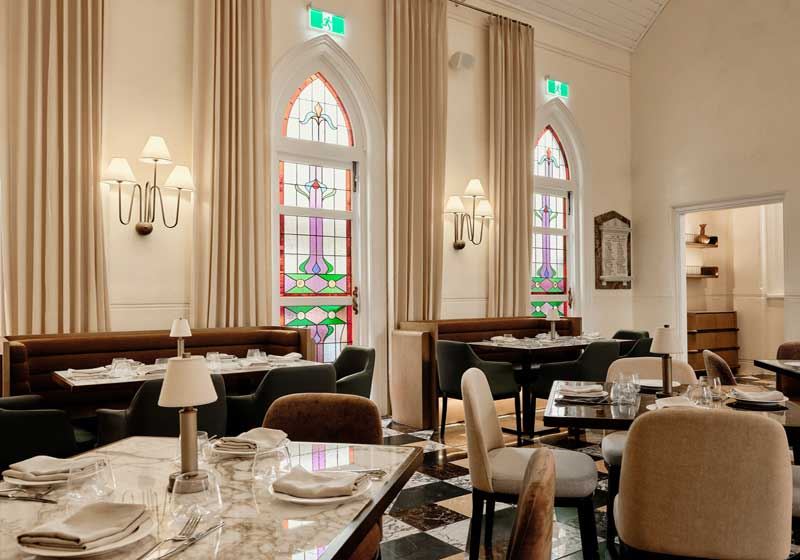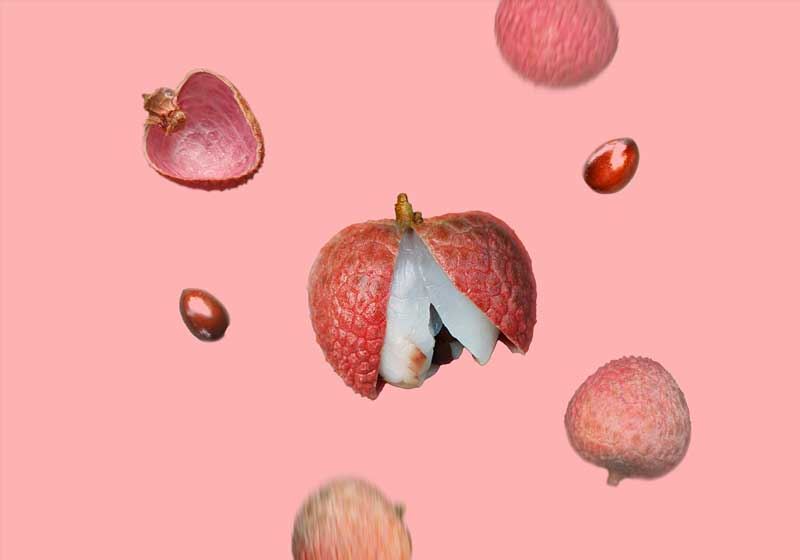By Leigh O’Connor.
Nestled behind a leafy courtyard in San Francisco’s Mission District, with the warm glow of lanterns illuminating well-worn counters, Rintaro restaurant is a beautiful escape – familiar and unexpected, bold and restrained.
This is food that tastes both like Japan and California – not fusion food – but the food you would expect if the Bay area was a region of Japan.
Rintaro, the debut cookbook from this ground-breaking restaurant Chef and owner Sylvan Mishima Brackett and food writer-author, Jessica Battilana, translates the experience of a Tokyo izakaya to the home kitchen.
Showcasing exciting but simple food alongside gorgeous photography and special design touches, this is a book that could easily live in your kitchen or on your coffee table.
Sylvan opened the Rintaro restaurant in 2015 and within six months it was named one of Bon Appetit’s Top 20 New Restaurants; born in Kyoto and raised in Northern California, he is the former creative director of Chez Panisse and trained at Soba Ro in Saitama and Ryotei in Aoyama in Tokyo.
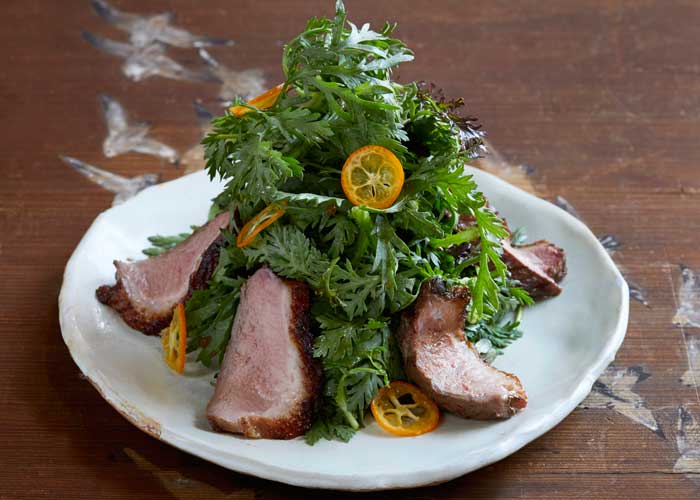
Discover a cross-section of Japanese food from crowd-pleasing favourites like curry rice, tonkatsu and yakitori, alongside sashimi, fresh bamboo shoots and other dishes that will teach you about elevated cooking traditions, such as this recipe for chrysanthemum and grilled duck salad.
Shungiku (chrysanthemum greens) are tender and delicate and the perfect foil for slices of smoky grilled duck breast from the yakitori grill, sweet and sour slices of ruby red plums and a bit of frilly mustard mixed in.
Admittedly, you are not going to find shungiku in your local produce section, you may have more luck at farmers’ markets, especially from Asian farmers, however, you can serve this salad with a mix of baby mustard greens, young mizuna and wild arugula.
Tonkatsu can be so good when the pork is sweet and juicy and the Panko is perfectly fluffy and crisp, it’s a real treat. Done poorly (as, sadly, is often the case), it’s a minor tragedy.
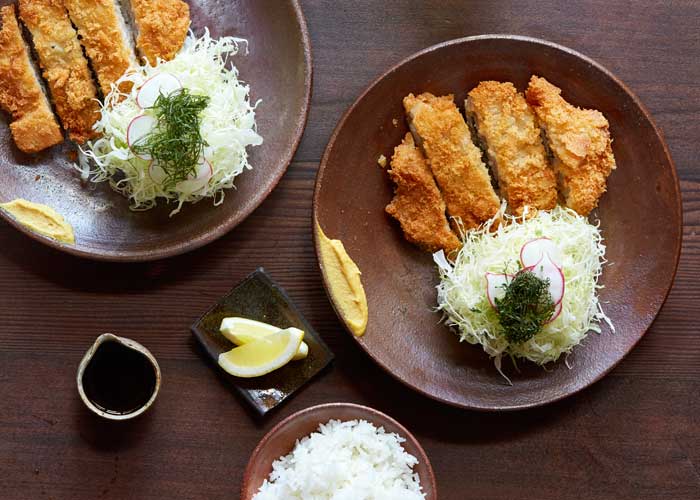
Restaurants specialising in tonkatsu are a genre of their own in Japan and at a good one, you can order hire-katsu, which is made with pork tenderloin, or rosu-katsu, which is made with pork loin.
Sylvan’s recipe for pork loin katsu is served with snowy cabbage, rice, tonkatsu sauce and Japanese mustard; like a pork chop, the meat must be cooked through but just barely so, or all the vital juices will escape into your frying oil and the tonkatsu will be dry.
If you haven’t heard of mochi by now, this recipe is not for you! Ichigo daifuku are mochi-wrapped strawberries – the mochi acts as a blanket, trapping and intensifying the aroma of the strawberries. When you bite into it, the pent-up strawberry flavour is so strong it almost tastes artificial, they are sensational with in-season Spring and Summer fruit.
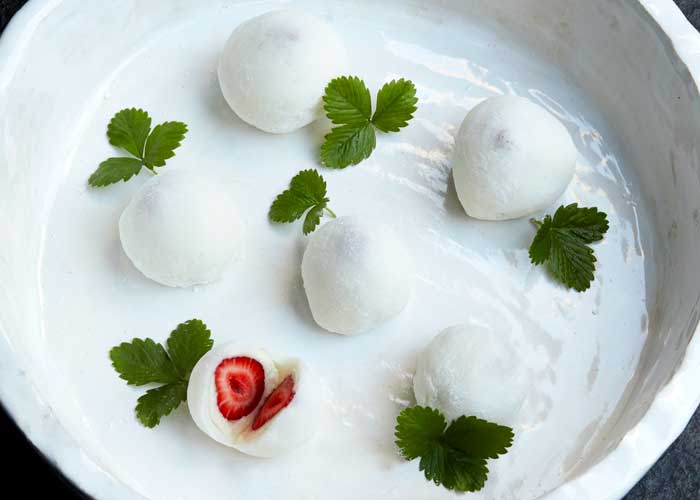
With more than 70 recipes, Rintaro is a book for anyone who loves Japanese food from the curious novice to expats craving a taste of home.
Through clear instruction and abundant photography, it demystifies Japanese cuisine for home cooks encouraging you to find beauty in your own terroir and heart in your own cooking.
Rintaro by Sylvan Mishima Brackett with Jessica Battilana, published by Hardie Grant Books, RRP $60.






